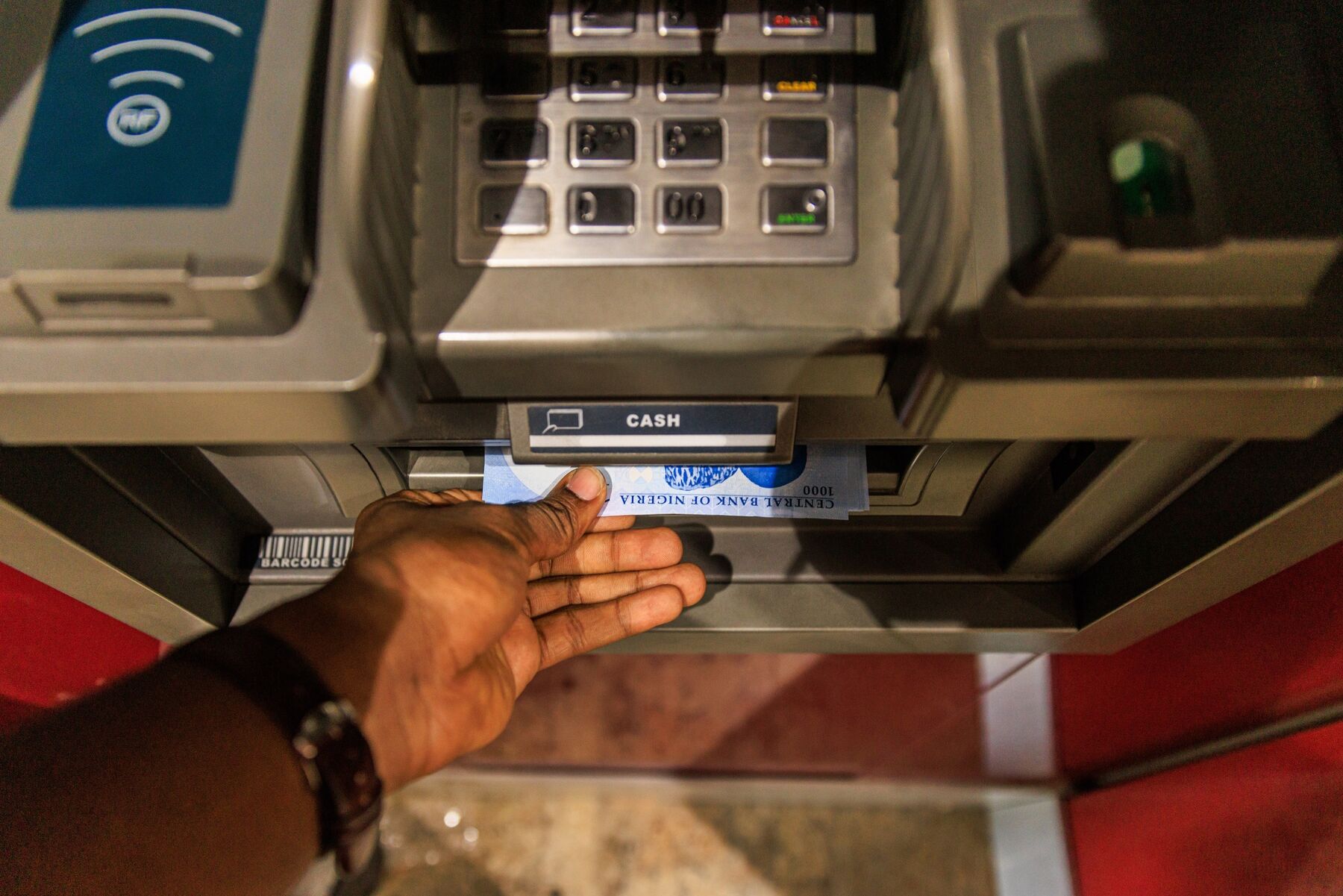
The Central Bank of Nigeria’s latest draft regulation, the CBN ATM guideline 2025, has sent ripples through the financial sector — and not necessarily for good reasons.
At first glance, the rule looks like a necessary step toward improving Nigeria’s weak cash access infrastructure. But a closer look reveals that it may instead burden commercial banks, strain liquidity systems, and deepen the very access problems it seeks to solve.
In a draft guideline released in October 2025, the CBN directed banks and independent ATM deployers to expand their ATM networks, setting a strict ratio of one ATM for every 5,000 payment cards issued.
For context, Zenith Bank, which has issued 27.8 million cards but operates just 2,142 ATMs, would need to more than double its network to at least 5,561 ATMs by 2028.
That’s not an isolated case. If all 320.05 million active Nigerian accounts were issued cards, the nation would need over 64,000 ATMs — nearly four times the current figure.
On paper, the CBN ATM guideline 2025 sounds like a progressive push to bridge Nigeria’s cash access gap. But for many banks, this mandate may prove unsustainable.
Building and maintaining ATMs is capital-intensive — from installation and security to restocking cash and servicing downtime. And with Nigeria’s volatile power supply and high inflation, operational costs are already climbing.
While the CBN aims for 30% compliance by 2026 and full rollout by 2028, analysts warn that smaller banks might struggle to meet these targets, potentially leading to mergers, branch closures, or reduced rural service expansion.
The new ATM rule also arrives on the heels of another controversial decision: the PoS exclusivity policy, effective April 2026. This regulation requires over two million agents to align with a single licensed operator — a move critics say will reduce competition and limit access points for consumers.
As PoS terminals shrink in availability, the burden will shift to ATMs. Yet with banks now facing expansion deadlines, the result could be wider service disruptions, not fewer.
To ensure reliability, the guideline also mandates that:
While these are commendable standards, they will require banks to invest in new digital monitoring systems — again increasing infrastructure costs.
Ironically, the CBN fined nine banks ₦1.35 billion ($926,000) earlier this year for not loading cash in their ATMs — the same banks now expected to triple their networks in three years.
Nigeria currently has 14 ATMs per 100,000 adults, compared to 31 in Egypt and over 50 in South Africa, according to IMF data.
The CBN hopes to bridge that gap, but doing so requires more than new guidelines — it requires a stable power grid, reliable cash supply chains, and an enabling business environment. Without these, banks may simply install more idle machines that fail under maintenance or fuel shortages.
Many industry watchers see this as part of a growing pattern of overregulation by the CBN.
From capping PoS transactions at ₦1.2 million daily to mandating ATM ratios and exclusivity partnerships, the apex bank appears intent on reshaping access to cash. But too many overlapping rules could stifle flexibility and reduce consumer confidence in digital payments.
If poorly implemented, the CBN ATM guideline 2025 could backfire — pushing Nigerians further toward cash hoarding, queueing, and distrust in banking channels.
While the CBN’s intentions are noble — to make cash access easier and reduce failed transactions — the timing and scale of these policies raise difficult questions.
Can banks realistically meet the 2028 target without inflating service charges? Will rural areas truly benefit, or will new ATMs cluster again around urban centers?
Nigeria’s banking system has been under regulatory strain since the 2023 naira redesign crisis. Unless the CBN balances ambition with practicality, the CBN ATM guideline 2025 may become another well-meaning reform that ends up hurting the people it was meant to help.